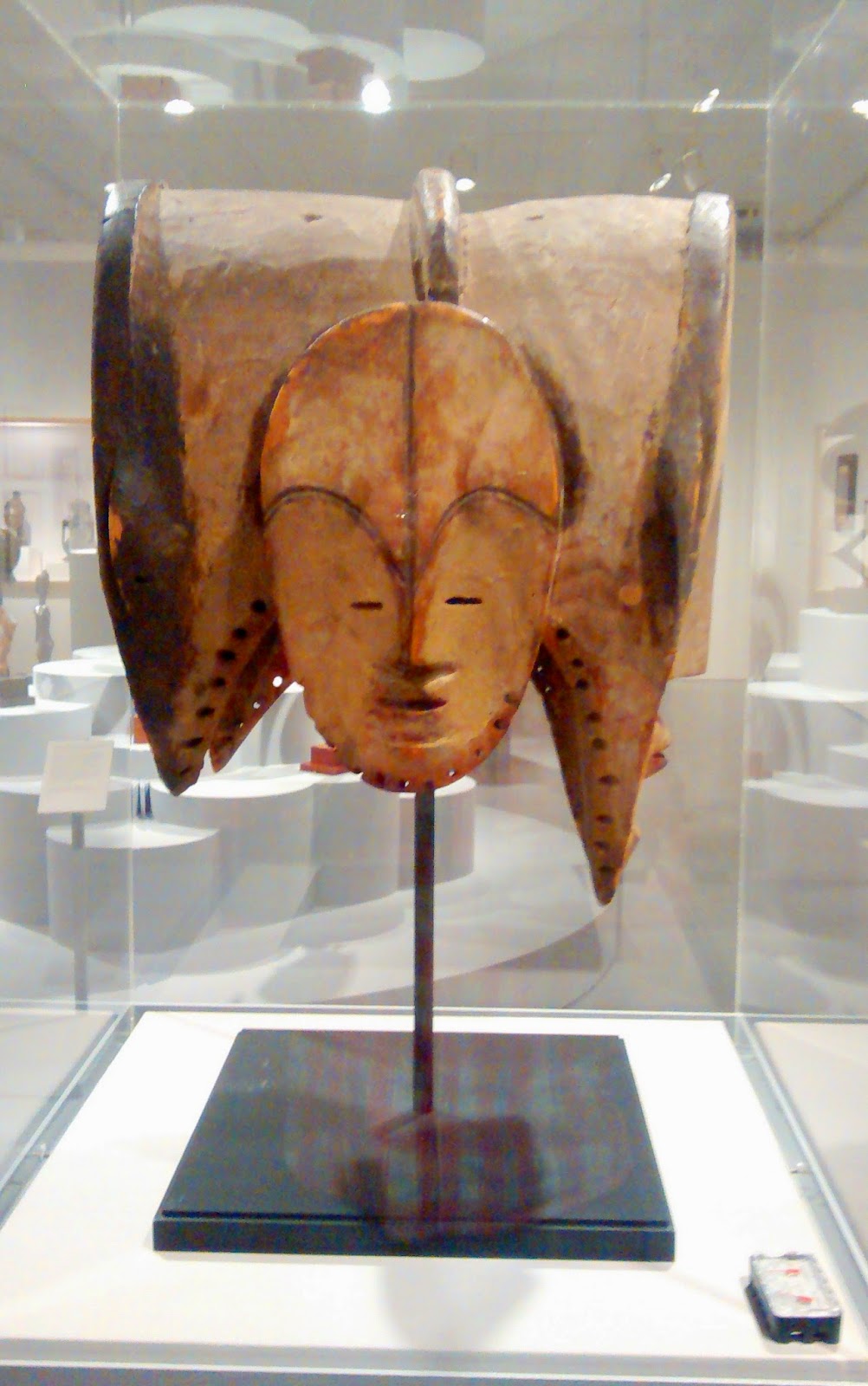Winter
break was a great occasion to discover the New York City again. This time Basia
has participated in an art program organized by The Jewish Museum. http://thejewishmuseum.org
The
kids were guided through “Helena
Rubinstein: Beauty Is Power” exhibition to explore the ideas, innovations,
and influence of the legendary cosmetics entrepreneur by Helena Rubinstein who helped
break down the status quo of taste by concealing boundaries between commerce,
art, fashion, beauty, and design. Through 200 objects the exhibition shown
Helena Rubinstein’s unique style and pioneering approach to business and heralded
a modern notion of beauty.
View
of the exhibition “Helena Rubinstein: Beauty Is Power,” October 31, 2014 –
March 22, 2015.
Helena
Rubinstein (1872–1965) was the great 20th-century cosmetics entrepreneur. She
changed the way women saw themselves, using her own remarkable life and
spectacular art collections as a model. Helena Rubinstein broke free from
the constraints of her 19th-century, small-town, Polish Jewish background to
become a giant of the beauty industry and an international household name.
Through her conception of the beauty salon as a place of modernist display, she
empowered the modern woman to define herself through her choices in taste and
decor.
Most
interestingly for us Helena Rubinstein rooted form Poland. She was born in 1872
and lived in Krakow, Poland. She was the oldest of eight daughters in a lower
middle-class, Orthodox Jewish family, and from an early age she had a
rebellious personality. When she refused an arranged marriage that her parents
planned for her, she was sent to live with an aunt in Vienna. There she learned
about fashion and retail through the family fur business.
In
1896 Helena Rubinstein moved to Australia to live with relatives. Noticing how
many Australian women had sun-damaged skin, she began to sell a facial cream
that a local chemist helped her to concoct. By 1903, she had already
established Helena Rubinstein & Co., starting the international brand. The facial
cream, called Valaze, was an early cornerstone of her beauty empire. Building
on its success, Rubinstein opened stores in Melbourne and Sydney, then in
London. After the outbreak of World War I, she and her American husband, Edward
Titus, and their two sons, Roy and Horace, moved to the United States.
"Beauty Masks" by BP, February 2015
Inspired by an African sculpture.
African Sculpture from Helena Rubinstein's Collection
Besides
to her career as a cosmetics magnate, Helena Rubinstein was a bold art
collector. Inspired by time spent in Paris, she purchased works by artists of
the avant-garde, including GeorgesBraque, Max Ernst,
and JoanMiro;
on a visit to Mexico, she befriended DiegoRivera and FridaKahlo. At a time when African sculpture wasn’t yet
considered fine art by most Europeans or Americans Helena Rubinstein
enthusiastically collected them.
"Self-Portrait" by BP, February 2015
Draw a portrait without lifting your hand. Project at the museum.
“Helena Rubinstein: Beauty Is Power” traces the path of this remarkable early feminist and visionary art patron. In Rubinstein’s world, art and commerce blended effortlessly. She decorated her salons and homes with fine artworks - Surrealist murals, modernist portraits, Art Deco furniture, Venetian mirrors, and one of the era’s great collections of African and Oceanic art. Her understanding of beauty was equally expansive and democratic: she saw the face as the site for self-expression and the exploration of identity. The Rubinstein beauty program thus included not only makeup and hairdressing, but also lessons in health, deportment, and culture. Such features, innovative at the time and wildly popular, today provide a fascinating glimpse into popular culture as it affected women in the 20th century.
"My Family" by BP and mom, February 2015
Project at the museum.
Read
more about her love for the art
Pictures:
African
mask - Punu face mask (mukudj) Gabon, (date unknown).
HR
in a red Latino dress - Graham Sutherland Helena Rubinstein in a Red Brocade
Balenciaga Gown, (1957).












No comments:
Post a Comment